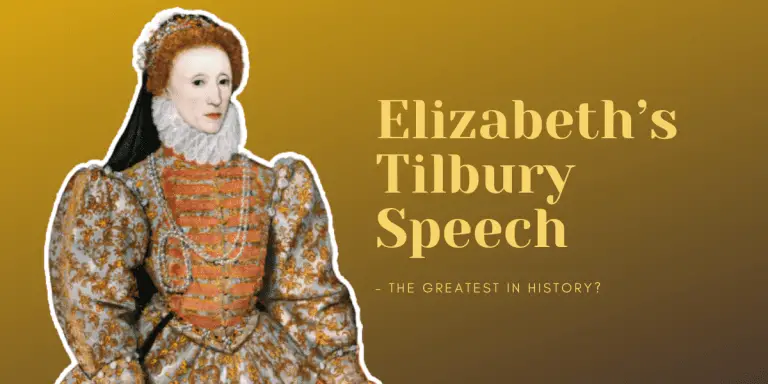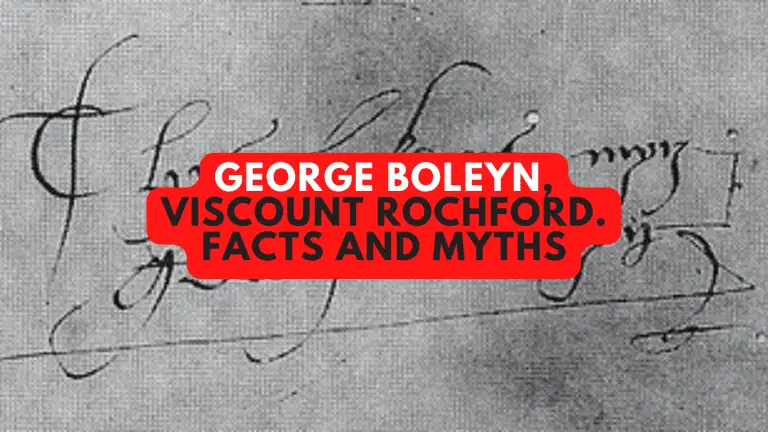Greensleeves: A Masterpiece by Henry VIII or a Misattribution?
Henry VIII, the infamous King of England, is known for many things, such as his multiple marriages and his role in forming the Church of England. His fame as a sportsman is also well-known. However, one lesser-known fact about Henry VIII is his love and talent for music.
Henry VIII was considered a skilled musician and composer during his reign.
He was proficient in various instruments, including the lute, harp, and virginals, on which he would play and compose songs. Many of these songs were performed at court – after all, Henry was not afraid of “showing off” his skills.
His musical talents were considered to be an important aspect of his royal image and were used to entertain guests and diplomats. Furthermore, Henry VIII’s musical skills were also used as a form of diplomacy, as he would often present musical gifts to other European monarchs.
“Greensleeves” is a traditional English folk song that has been associated with Henry VIII for centuries, but did he actually write it?
Before we come onto that, let’s consider the songs we know for a fact Henry VIII wrote.
Henry VIII Songbook
There is a manuscript in the British Library called the Henry VIII songbook. It was compiled around 1518, less than ten years into his reign.
The collection has twenty songs and an additional thirteen instrumental pieces.
The collection is clearly attributed to “The Kynge H.”
Of course, just because they are attributed to Henry, it doesn’t with complete certainty mean that he wrote them. Henry VIII did not create the collection himself, and it could have been the production of a courtier determined to win favour with the King.
For the sake of clarity, it is worth saying that Greensleeves is not included in this collection.
Pastime with Good Company
“Pastime with Good Company” was composed by King Henry VIII of England in the early 16th century, shortly after he came to the throne. Likely, the King was not yet twenty when this song was written. It is included in the Henry VIII Songbook, and it is his most famous work.
The song, also known as “The King’s Ballad,” is a lively and upbeat tune that was likely composed for the enjoyment of Henry and his courtiers.
One of the most striking aspects of the song is its celebration of the pleasure-seeking lifestyle of the Tudor court. The lyrics boast of hunting wild game, feasting on delicious food and drink, and dancing.
It also reflects that vice should be refused and that virtue should be pursued. This is somewhat interesting, considering what we now know about Henry VIII. This reflects Henry’s attitude at this early stage of his life – the vices came later.
The song is also notable for its musical style, which is heavily influenced by the traditional folk music of the time. It features a catchy, upbeat melody that is easy to sing along to, and is accompanied by a lively rhythm. This combination would have made “Pastime with Good Company” a popular song among the courtiers of Henry’s time. It remains a popular tune in historical reenactments and medieval-style events today.
Did Henry VIII write Greensleeves?
The first known reference to the song being connected to Henry VIII is in the 1580s, almost 40 years after his death, in a play called “A Merry Jest of a Maid with a Horn and a Maid with a Dun Cow.” The play features a character who sings “Greensleeves” and attributes it to the King. Of course, Elizabeth I was then on the throne, and it was common practice to flatter her and the Tudor dynasty.
Interestingly the title of the piece is not officially “Greensleeves.” It is slightly more longwinded than that – “A Newe Northen Dittye of ye Ladye Greene Sleves.”
Anne Boleyn theories about Greensleeves.
The lyrics of “Greensleeves” talk about unrequited love, which some historians have interpreted as a reference to Henry VIII’s long and protracted courtship of Anne Boleyn, who is said to have played the virginal, a keyboard instrument that was popular during the time. The lyrics also contain specific references to clothing and textiles, which is consistent with the type of imagery commonly found in courtly love songs of the period.
Of course, the links to Anne Boleyn are not proven. It could be that some historians took inspiration from the fact that Thomas Wyatt’s poem, “Whoso List to Hunt,” is almost certainly about Anne Boleyn. They may have decided that Henry VIII decided to do the same thing in his chosen art form.
If the song is about Anne Boleyn, that might explain why it did not feature in the Henry VIII Songbook. Anne Boleyn did not arrive in Henry’s court until 1522. Four years after the publication of the Henry VIII Songbook.
Is there REAL evidence that Henry VIII wrote Greensleves?
Some musicologists have compared the style and composition of “Greensleeves” to other known works by Henry VIII and found similarities in the melodic and harmonic structure. The song also features variations on a repeating theme, which was a common technique used by composers of the time, including Henry VIII.
While there is evidence to suggest that Henry VIII wrote “Greensleeves,” it should be noted that there is no concrete proof linking the song to him. However, the historical references, the possible connections to his life and court, as well as similarities in style and composition to his known works, make it a plausible possibility.
Some scholars and musicologists argue that the song was written and performed by someone at the court, and that the association with Henry VIII could have been a later addition. Others suggest it is a later Elizabethan piece as it follows an Italian style that only reached English shores after Henry died.
Nevertheless, the evidence in favour of his authorship is intriguing and worth considering. The speculation is likely to continue for the next five hundred years.






